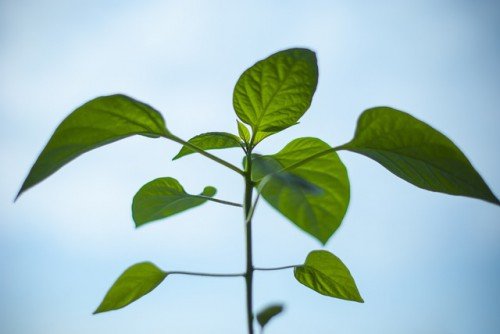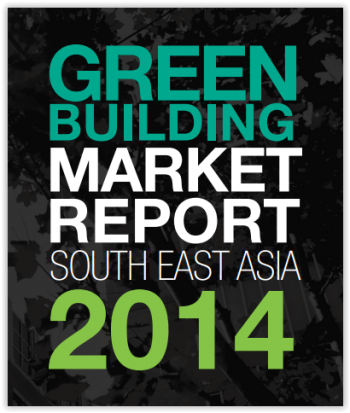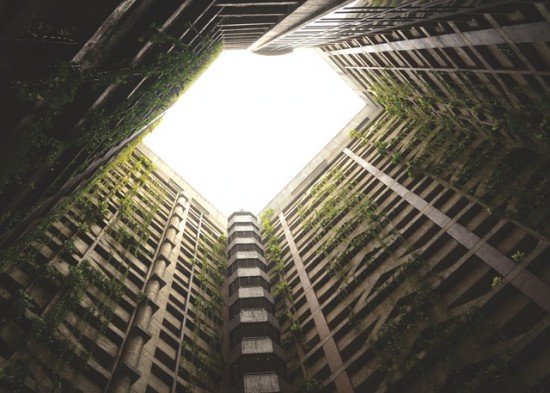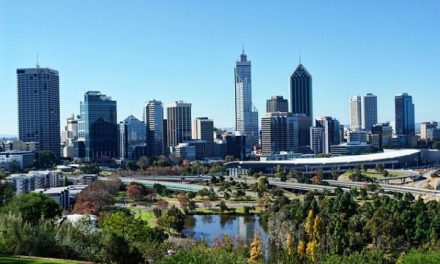During the CPD Program for Realtors session, the Malaysian Green Building Index (GBI) and green buildings was a topic that managed to spark a good amount of interest. Real estate is, and always will be, all about location, location, location. It is one of the most important factors when it comes to valuing a property, and will have a significant effect on its market value, cost, and income generated.
Q: What if a property is not located in a good or favourable location, or not near to any public transportation facilities?
A: The answer is to go green – a green building.
So why should developers consider – nay, start – going green when constructing buildings? Here are 6 reasons, given by GBI member and facilitator Ir. Jack Chan, why going green will benefit everyone and the environment in the long run.
 #1 – Lower energy cost
#1 – Lower energy cost
Lowering energy cost in houses or offices isn’t only about using LED light bulbs. Green buildings have to consider their Building Energy Index (BEI), Energy Efficiency Index (EEI), and energy use intensity (EUI) in order to know whether the building is able to efficiently utilise the energy used. Generally, the lower the rating, the more energy efficient the building. In addition, better insulation will also lead to lower energy costs, as less energy is used to cool or heat a building. This is determined by the overall thermal transfer value (OTTV) of the building. It’s a win-win situation where the occupants pay less for energy and environmental pollution is reduced.
#2 – Better indoor air quality
Constructing a green building means using non-toxic building materials, which have low or no volatile organic compounds (VOCs) like formaldehyde that can be harmful to health. Man-made VOCs and pollutants may result in respiratory, allergic or reduced immunity in infants and children, and also pose a health risk to adults. In fact, the ‘new car’ smell that some people love is full of VOCs which are harmful when breathed in. Using paint, surface coatings, carpets and adhesives that have low or even none VOC will help to greatly improve indoor air quality. Therefore, in order to have good indoor air quality, adequate fresh air is needed to flush out the harmful substances and lower carbon dioxide (CO2) levels indoors.
#3 – Good daylighting
There’s a good reason why going for a beach vacation is so relaxing – you get to enjoy feel of soft sand between your toes, take a dip in the sea or listen to its soothing waves on the shore, and bask in the sunshine. That’s why good daylighting is important for a building’s interior, as natural light has better illumination, is more relaxing then artificial light, and makes you feel better psychologically. The Green Building Index (GBI) has a daylight requirement (among many others) for buildings that apply for a GBI rating or certification. Artificial light consumes electricity and creates heat, which uses a large amount of energy. For buildings that want to maximise the amount of sunlight that can be channeled indoors, solar tubes are a great idea – they redirect sunlight into a building’s interior via reflective tubes, and look just like normal indoor ceiling lights.
#4 – Excellent view
Glass partitions for work spaces and rooms offer the dual benefits of being functional and providing some sound-proof privacy, while at the same time giving a clear external view outside, which can help prompt creative thinking outside of the box. Glass partitions also allow more daylight to pass through interior spaces, which contributes to a more relaxing environment and in turn improve psychological wellbeing of its occupants.
#5 – Superb landscape
Who doesn’t love the view of a nice green garden? You’ll find cities usually have a higher temperature compared to suburban and rural areas. This is called the “heat island effect”, as tall buildings trap waste heat – such as air-conditioning, car emissions, smoke, etc – within a confined area, thus raising the temperature of the surroundings. You’ll find that places with less buildings, less pollution and more trees are much cooler and have fresher air, like rural areas or forests.
Green buildings usually make use of roof and balcony space to build roof gardens, with some strata buildings even going a step further to include urban farming. Those with not much green surface can also erect a green wall, where creepers can be grown on a blank vertical wall or divider. Green walls not only serve to improve a property’s landscape, but can also act as a natural dust and sound barrier.
#6 – Saves water
When it comes to green buildings, especially in Malaysia where rainfall is frequent, rainwater harvesting is the option of choice for many developments. The harvested rainwater is meant for non-potable use, such as irrigation of plants and flushing waste matter. Waste water recycling is also a good green practice, in which grey water (gently used water from your bathroom sinks, showers, tubs, and washing machines) is recycled for non-potable use as well. This will help in saving usage and wastage of water, thus reducing pollution to the environment.
Of course, there also reason #7…
 According to the BCI Green Building Market Report South East Asia 2014, it has been found that GBI-certified buildings (the higher the rating, the better) have seen a significant 44% growth due to having a certified green rating. It was reported that commercial and institutional properties will benefit the most from the certification, and that a whopping 62% said that a property’s value will increase 10% – 20% if it is certified as a green building. The only downsides would be higher cost and longer time to complete, which will likely be mitigated once operations have settled in a few years.
According to the BCI Green Building Market Report South East Asia 2014, it has been found that GBI-certified buildings (the higher the rating, the better) have seen a significant 44% growth due to having a certified green rating. It was reported that commercial and institutional properties will benefit the most from the certification, and that a whopping 62% said that a property’s value will increase 10% – 20% if it is certified as a green building. The only downsides would be higher cost and longer time to complete, which will likely be mitigated once operations have settled in a few years.
So, are you convinced that green buildings are the future for Malaysia? It would seem that many do think so, as 60% of Malaysian industry people would go green given the chance. Time to get your green on! 🙂







